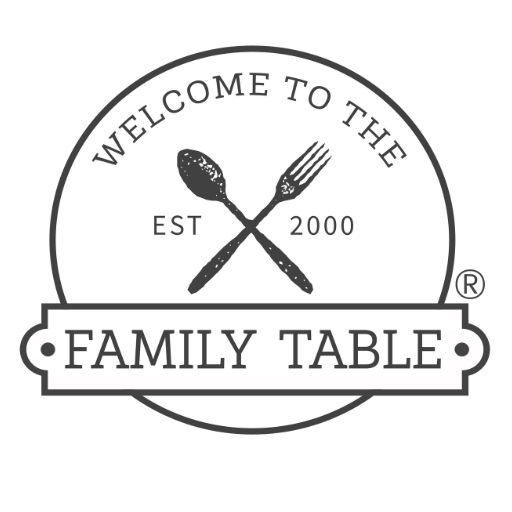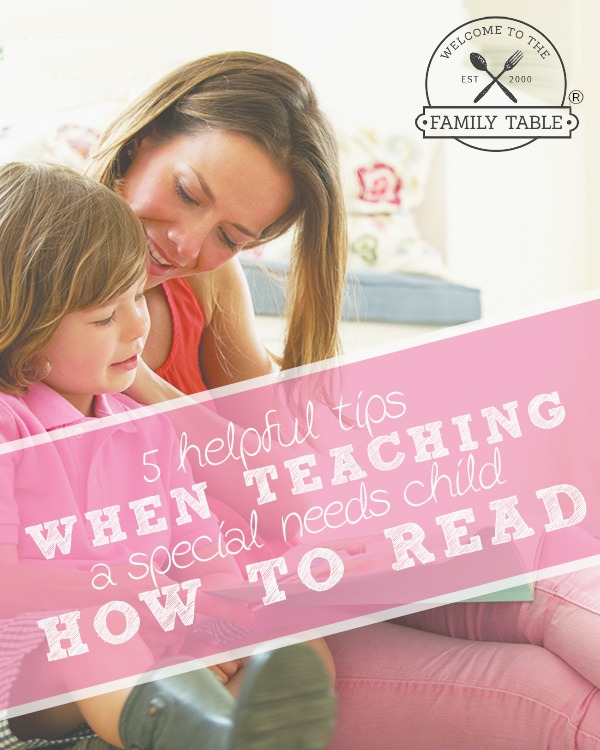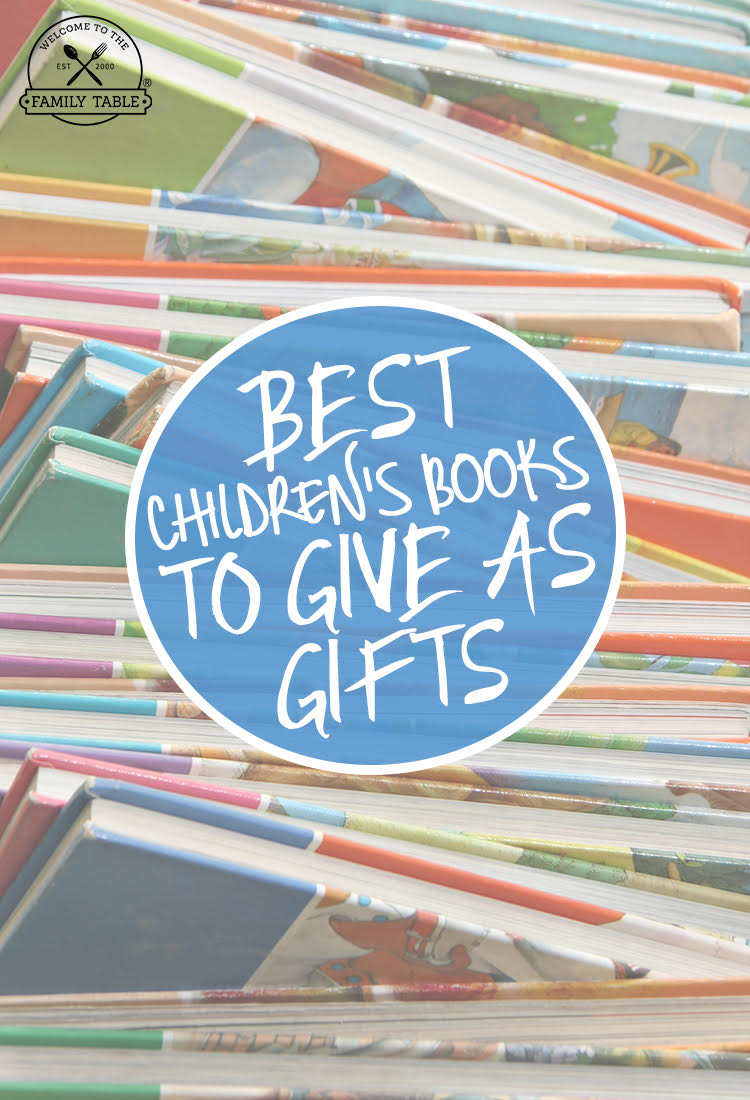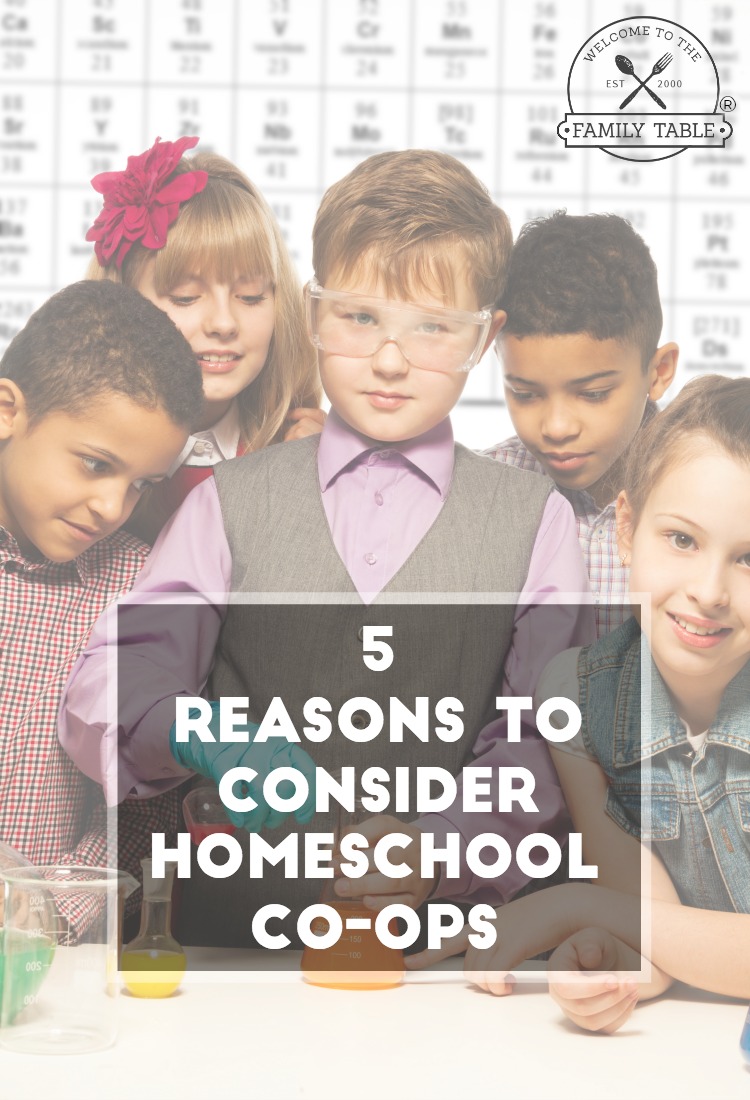Education the Montessori Way

I am honored and excited to introduce to you:
Christine, a homeschooling mother of 4, who blogs about her passion for Jesus, marriage, homeschooling, and much more over at Fruit In Season.
When you boil it all down, Montessori education is about trust.
Maria Montessori was an amazing and gifted physician-turned-educator who believed in the power of the mind, and the power of the innate curiosity in children. She trusted that children, when given the right environment and materials, would choose productive work and would progress in their development at a pace perfect for their individual needs. Even the youngest children are to be respected, she asserted, and taught in turn to respect others.
Children learn by manipulating their environment, by trial and error, by imitation, and repetition. A Montessori homeschool environment, while slightly different by definition than a traditional Montessori classroom, can be a wonderful and rewarding experience for the entire family and can set the stage for independent and respectful work for years to come.
We were always a Montessori family. I personally attended a Montessori preschool and Kindergarten, and when it came time for our two older children to begin school, before we decided to homeschool, we enrolled them in a wonderful local Montessori program. Once we brought our children home, however, my husband and I did not want to abandon the philosophy we had come to love. So after taking the homeschool plunge, we fashioned our schoolroom, and little by little our home, into a place that upheld the principles of the Montessori philosophy.
So what are Montessori principles?
In a nutshell, a Montessori education includes:
- a prepared, clean, uncluttered environment
- real-world materials that are pleasing to the eye, child-sized when possible, and self-correcting so the work can be done independently
- work time that is child-directed; the child chooses the work he would like to complete and has the freedom to work with it as long as he desires (for more on this, see my article on “forced sharing”)
- responsibility and respect: children are expected to care for and clean up the environment and are strategically trained to do so; respect for fellow students and their work is expected
- a teacher who is more of a guide. Montessori “directresses” teach by demonstration then leave the children to explore and learn from the materials themselves.
- an emphasis on attractive, concrete materials that give tactile experience and provide a base for abstract learning later in childhood
What does Montessori look like in a homeschool environment?
We are fortunate to have a space specifically used for school time. Of course, we use the whole house as learning space, but one room in particular was designed for Montessori learning and is complete with low shelves, bright paint, and low tables. When we were using the Montessori method for our younger two, we used this space three times per week for two hours each time. I organized circle time activities so that even our oldest could participate, used this time to explain and demonstrate activities, and then set them free to work on the materials. Our older two had workboxes to complete during Montessori time and I remained available to help and guide when someone needed me.
The activities I created used some actual materials designed specifically for a Montessori classroom, but often just required creativity on my part with things from around the house or purchased inexpensively at the dollar store or Target. Once you understand the principles behind the Montessori method, it becomes easy to come up with appropriate activities.
Activities in a Montessori classroom include:
- cultural (which consists of social studies, geography, science, art and music)
I created a preschool weekly activity chart to organize and plan our Montessori time (although I usually left the materials out for a couple of weeks). You can find the printable here.
On my blog you can find a ten day Montessori series with much more in the way of information, activity ideas, and links. I encourage you to read more on this wonderful method. While we only used the method for preschool and Kindergarten, the concepts can be extended and the materials used beyond that age range. We still take out the materials to teach concepts in a concrete way before moving to the abstract
Further reading materials I suggest are:
The Montessori Method
The Secret of Childhood
Montessori Today
How to Raise an Amazing Child the Montessori Way
The Absorbent Mind
I am a homeschooling mom of four beautiful and unique children, cherished wife to my perfect match, musician, singer, writer, and most importantly, a follower of Jesus, though I stumble on my way. Blogging over at Fruit In Season.





